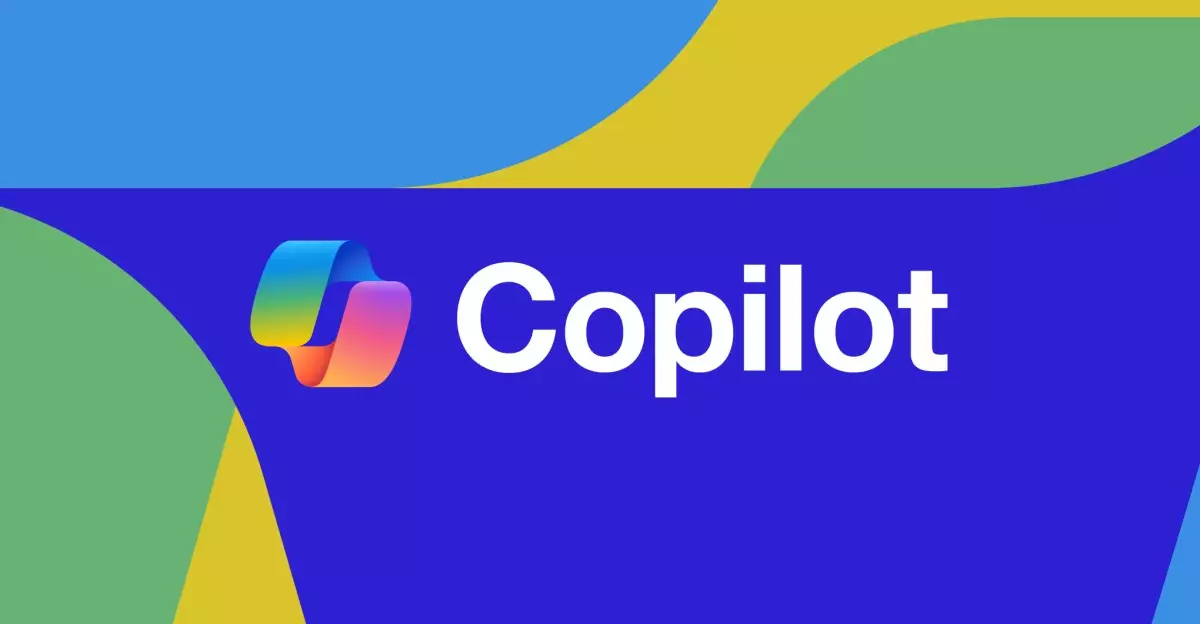In an exciting development marking its half-century, Microsoft is not merely celebrating its legacy; it’s ambitiously redefining the landscape of artificial intelligence with the latest enhancements to its Copilot. This tool is rapidly evolving into a multifaceted AI assistant that transcends traditional functionalities. No longer limited to basic commands, Copilot’s recent updates bring a sophistication that positions it competitively against industry leaders like ChatGPT and Claude, which have redefined expectations in the AI domain.
With its use of OpenAI models, Copilot now embraces advanced features such as memory, personalization, and, intriguingly, the capability to carry out web-based actions. This means that Copilot is no longer just a passive responder; it’s becoming an active participant in the user’s digital life. As users interact with Copilot, the assistant will remember preferences, significant dates, and even personal interests, allowing it to tailor responses and make informed suggestions that can enhance daily productivity.
Memory and Personalization: A Leap Forward
Perhaps one of the most groundbreaking updates is the introduction of “Memory.” This feature empowers Copilot to retain user preferences, reinventing what personalization means in the tech world. Imagine an AI that willingly remembers your favorite coffee order, your mother’s birthday, or the genre of music you prefer. This shift is about creating an AI that not only understands context but also evolves with the user, adapting to their needs over time.
Nonetheless, privacy concerns linger. Microsoft provides users with the option to decide what information Copilot retains or to opt out of memory altogether. This transparency is crucial as we navigate an increasingly digital age where personal data has become immensely valuable and, at times, vulnerable. By allowing users some control over their data, Microsoft is attempting to strike a balance between innovation and user consent, an endeavor that many tech companies are grappling with today.
Powerful Web Actions and Integration
Alongside personalization, Copilot is being fortified with robust web actions capabilities. This advancement positions it to execute various tasks through a web browser, such as making reservations, purchasing products, and seeking out discounts—all seamless actions that could revolutionize how users interact with both AI and e-commerce. This selling point is particularly pertinent in a market swamped with digital distractions; having an AI that can alleviate the mundane while optimizing user decisions will be invaluable.
The integration of Copilot Vision across platforms—Windows, iOS, and Android—has shifted the paradigm of interactivity. Now, users can query the assistant about items seen on their screens or captured in images, making the AI’s utility expand well beyond text-based inputs. This capability could prove especially potent for professionals who require quick information retrieval or visual analysis—think architecture students who need instant reviews on construction photos or educators sourcing interactive materials for lessons.
Deep Research and Podcast Creation
Moreover, the introduction of Deep Research offers yet another dimension to Copilot’s capabilities. This feature allows the AI to sift through extensive documents or online sources with remarkable efficiency. Using its integrated Bing functionality, users could receive AI-powered responses to complex queries, streamlining workflows in fields like academia, marketing, and beyond.
Adding an intriguing twist, Microsoft’s latest features also harness the power of audio. Users can now generate podcast-style content, allowing Copilot to provide in-depth explanations similar to informative discussions. This could reshape how knowledge is disseminated, making learning more accessible and engaging.
The Promise of Future Developments
As Microsoft hints at the potential for even more personalized interactions, it’s clear that they envision a future where Copilot is not just a tool but a companion tailored to individual users. One whimsical possibility raised—what if users could personalize the assistant’s appearance to resemble inanimate objects? The idea opens up discussions about creating a more engaging and familiar interaction with AI, blurring the lines between technology and personality.
Like any ambitious innovation, these updates will take time to reach their full potential, and Microsoft acknowledges this journey. Nevertheless, with its cutting-edge technologies and user-centric approach, there is a palpable excitement about what the future holds. It’s an exploration not just of technological advancement but of integrating AI into the very fabric of our daily lives, one personalized interaction at a time.

